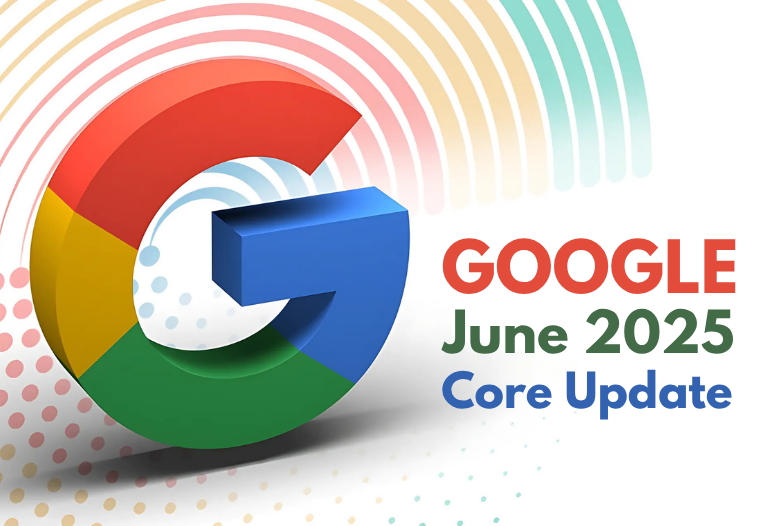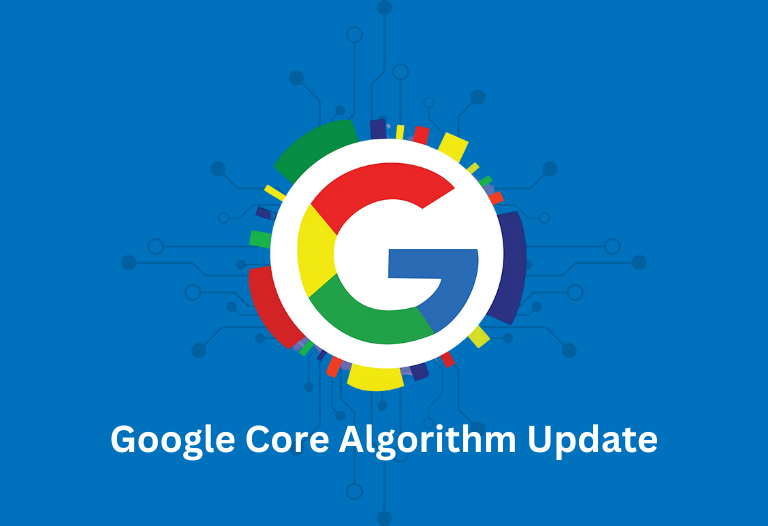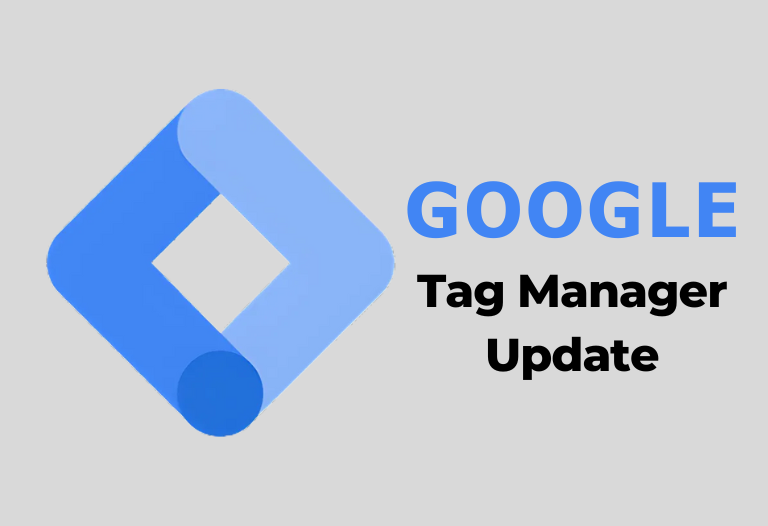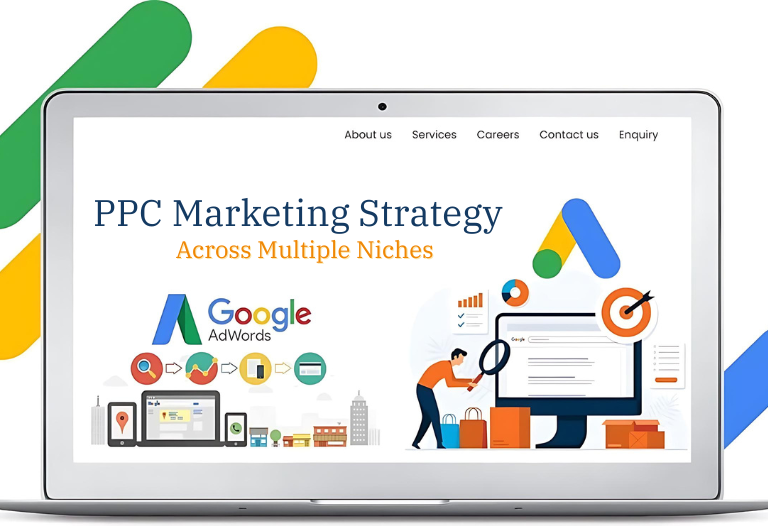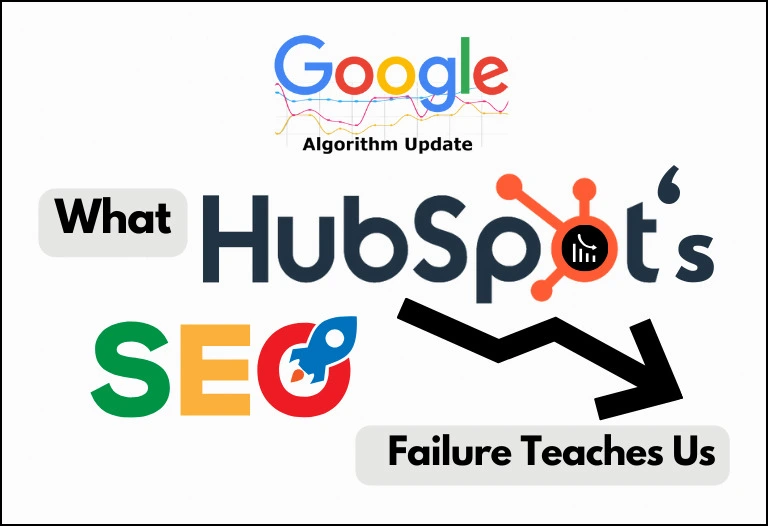
Google Ads has unveiled a series of critical updates to its Performance Max campaigns, providing advertisers with enhanced insights, more detailed reporting, and improved tools for optimizing their paid marketing efforts.
These updates are designed to make Google Performance Max campaigns more efficient, and if you’re managing digital ad strategies—like we do as marketing professionals with years of experience in paid marketing strategies—these tools can make a big impact on the performance.
Why This Matters for Advertisers
Whether you are leveraging Primotech PPC services or working with other providers, staying on top of Google’s updates can make or break your campaign success. These updates offer a new level of transparency and performance insights, helping to pinpoint exactly where your campaigns are thriving—and where improvements are needed. As a team with extensive experience in paid marketing, we can say firsthand that these kinds of insights distinguish good campaigns from great ones.
What’s New in Google Performance Max?
Here’s a breakdown of what you can expect from Google’s recent updates and how these changes can benefit your campaigns.
1. Creative Reporting Enhancements
Advertisers can now track conversion metrics for individual assets—headlines, images, videos, etc. As an example from my own experience, I often find that headlines may convert differently depending on the ad group. This kind of granular reporting allows for the type of fine-tuning that can significantly improve your PPC results.
2. Streamlined Performance Insights
Google is simplifying the way it presents performance data, with all insights, recommendations, and explanations now housed in a single dashboard. You no longer need to toggle between different reports to understand why your paid marketing campaign is underperforming. From our campaigns, we know how consolidating insights into one place saves time and helps us react faster to market changes.
3. Target Pacing Insights
One of the most valuable new features for marketers, especially if you manage large-scale campaigns, is the ability to track how well your campaigns are meeting your cost-per-acquisition (CPA) and return-on-ad-spend (ROAS) targets. This feature is vital in my experience managing campaigns across various sectors—from best offshore paid marketing services to domestic ones. It helps identify the reasons behind underperformance, whether it’s budget constraints, market shifts, or creative fatigue. With these insights, making real-time adjustments becomes significantly easier.
4. Impression Share Reporting
This new feature provides insights into how your text and Shopping ads are performing against competitors. For example, if you’re running a paid marketing campaign for a top paid marketing company in the US, knowing how often your ads appear compared to others in the industry is crucial. I’ve seen firsthand how understanding impression share can guide budget reallocations or creative refreshes, ensuring you’re staying competitive.
Why These Updates Are Game Changers
If you’re like me and have worked in digital marketing for a long time, you understand the value of comprehensive reporting. These new features give us, as advertisers, more control and actionable insights. For businesses relying on PPC services, these updates can significantly affect how effectively campaigns are optimized, saving both time and money.
Take, for instance, a campaign we recently managed for an e-commerce client. By utilizing granular asset conversion data and pacing insights, we were able to reallocate the budget more effectively, optimizing the underperforming assets and boosting overall ROAS by 1300%+ within a month.

What’s Next for Advertisers?
Google’s new asset reporting features are set to roll out by the end of this month, giving us even more tools to refine our campaigns. With the other updates already live, advertisers should start integrating these insights into their workflows immediately.
Google’s latest Performance Max updates offer advertisers—whether working in-house or with top paid marketing service providers in the US—the right “tools” to better understand and optimize their campaigns. You can significantly improve your performance in competitive markets by fine-tuning individual assets, understanding impression share, and tracking campaign pacing.
If you’re looking to maximize the potential of your campaigns but need assistance or consulting, please feel free to reach out to us.




 October 9, 2024
October 9, 2024